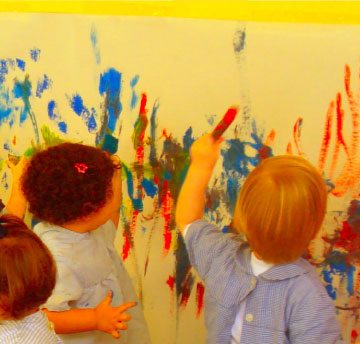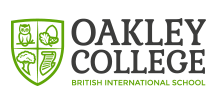The Educational Model
The educational project chosen by Garabato considers each child as a unique person. It aims to achieve their full development through personalised education that encourages children's abilities and skills to the full.
Getting to know children on an individual basis, respecting them, caring for them and adapting to their particular needs, treating them with affection, inspiring trust and security are part of the goals set by the educational project.
Children have a right to an education for which the parents have prime responsibility. To help in this unavoidable parental duty, our centre works with parents to encourage ongoing cooperation and to provide a close and transparent relationship with them.
We foster a complete and integrated learning experience aimed at achieving a harmonious development of each child's personality.
EDUCATIONAL UNITY AND HARMONY
Physical-organic development of sensory and motor skills.
Intellectual development that imparts knowledge, basic instrumental learning and initial work habits.
Education in values and education in free will for children who are trained to exercise their freedom through effort and with a sense of responsibility.
Affective and social development for coexistence with other children and for their social development.
THE PROJECT
The educational project is based on early learning and implements the following specific programmes:
The motor neurone programme: this stimulates the child through a programmed sequence of set exercises.
Intelligence bits: these provide a large amount of rich, complex information that are presented in the appropriate manner to stimulate attention and memory.
Musical listening exercises: education using music as a medium for developing attention habits and auditive sensitivity.
Language: this is practised through songs, poetry, story-telling and praxes. Language is acquired through immersion, imitation and repetition.
English learning: game-based learning, without the pressure of results, so that children learn to communicate effortlessly. A real-life method of English teaching.
New technologies: a computer is just as new for children as any other learning resource; it is used naturally and in day-to-day situations.
Teaching habits: in the different learning situations, attitudes and habits are introduced through the joint initiatives of the family and the school.
Steps to learning: taking steps while learning and learning step by step on short trips around the centre.
Activity corners: the classroom is arranged in various learning corners that foster the development of personalised education.



